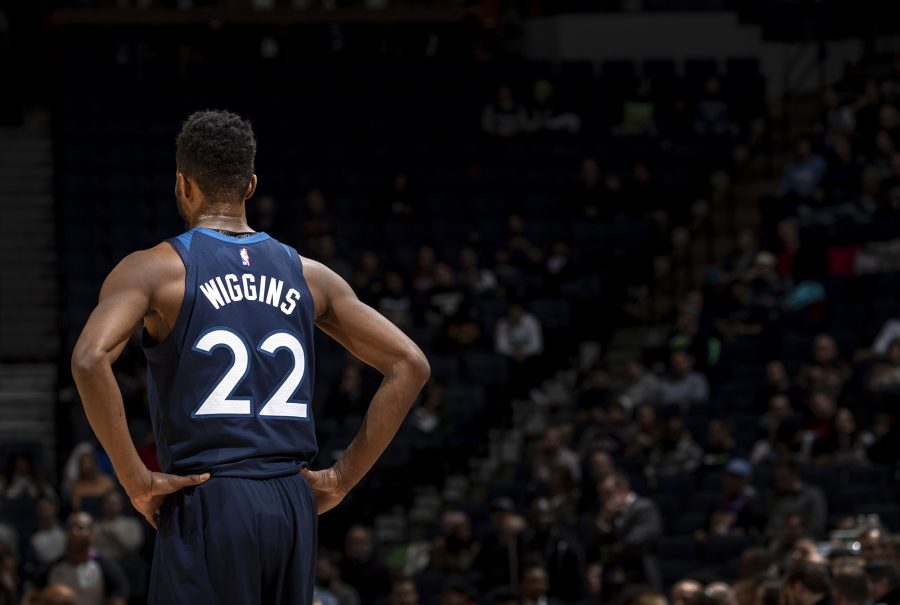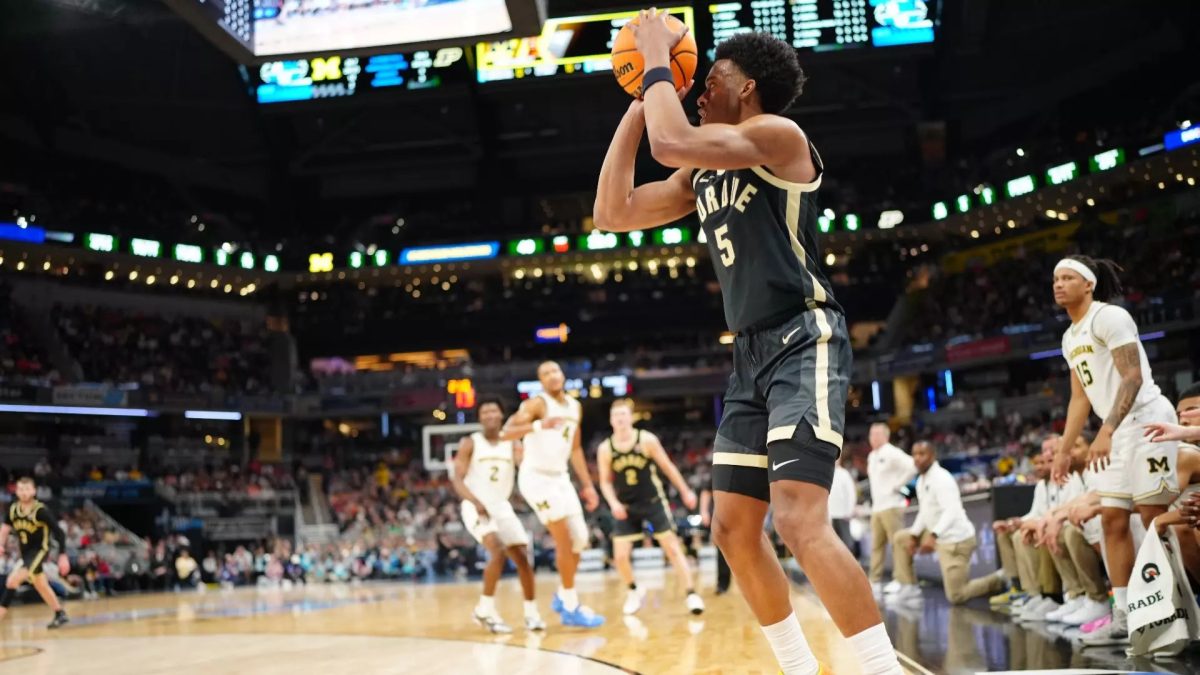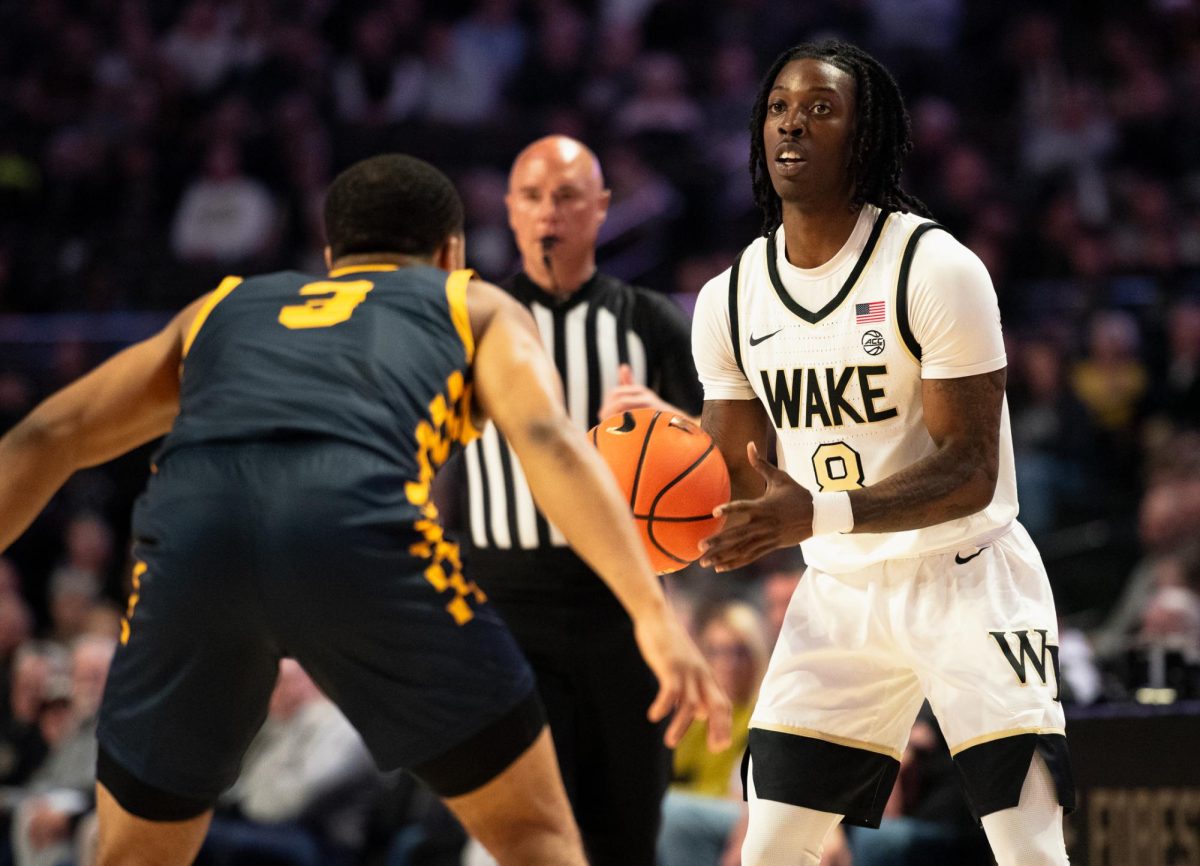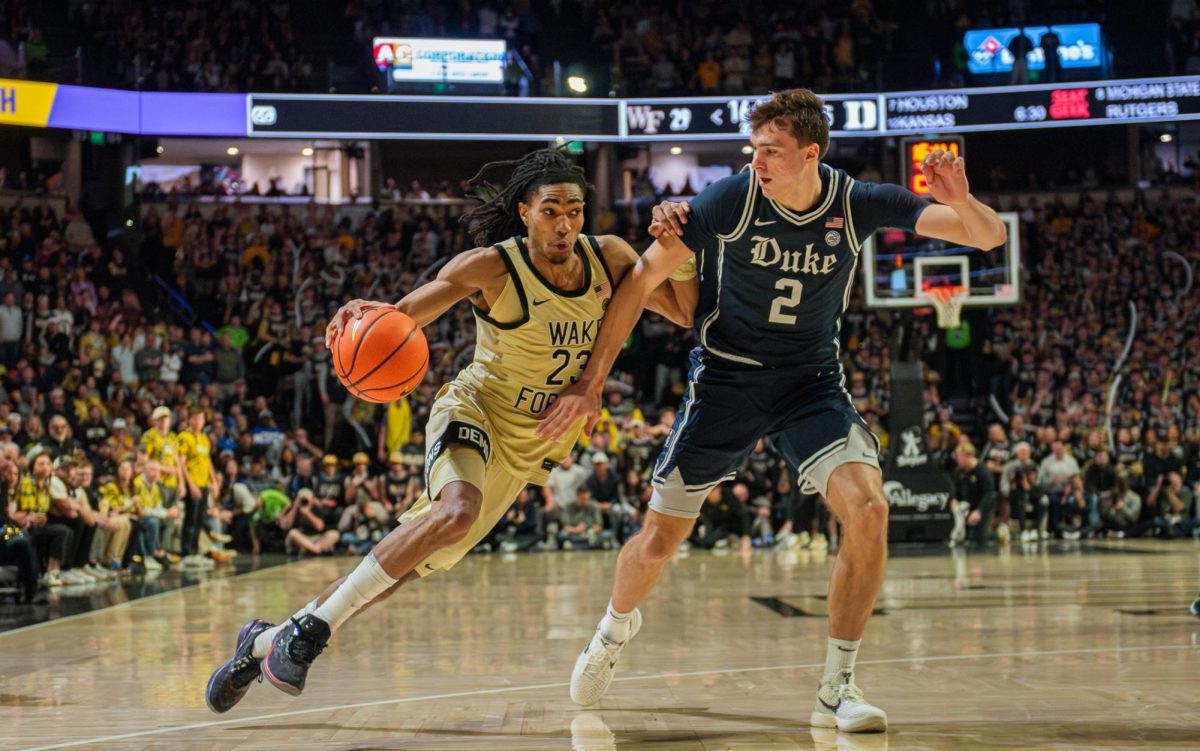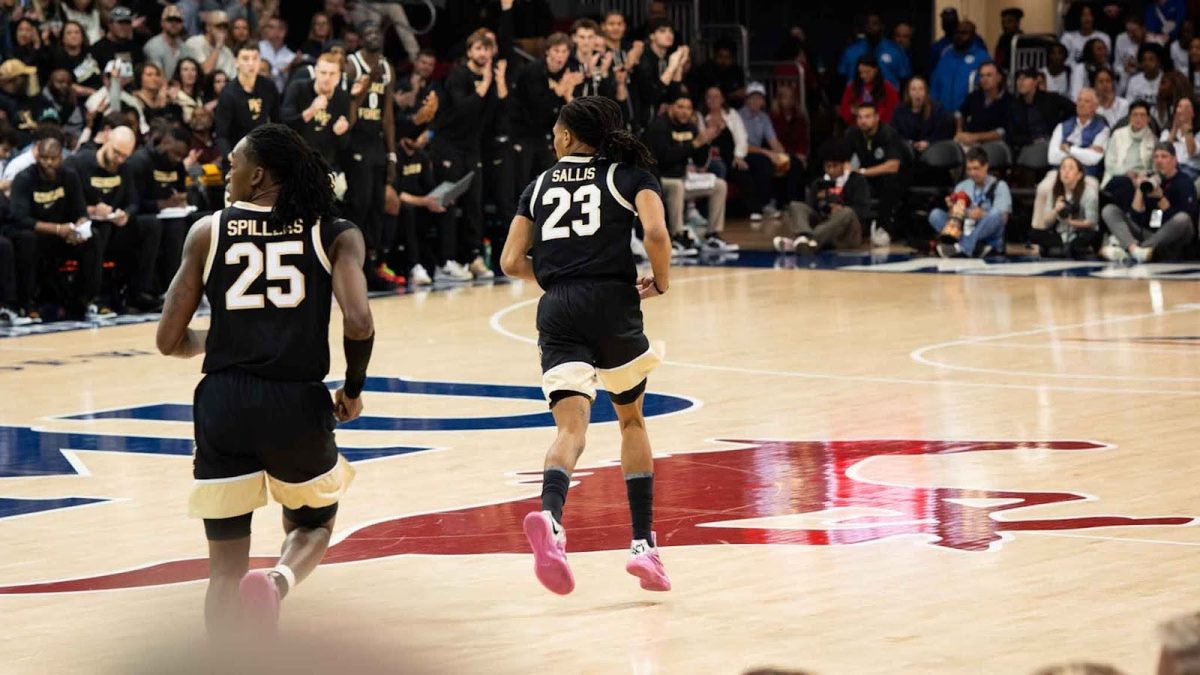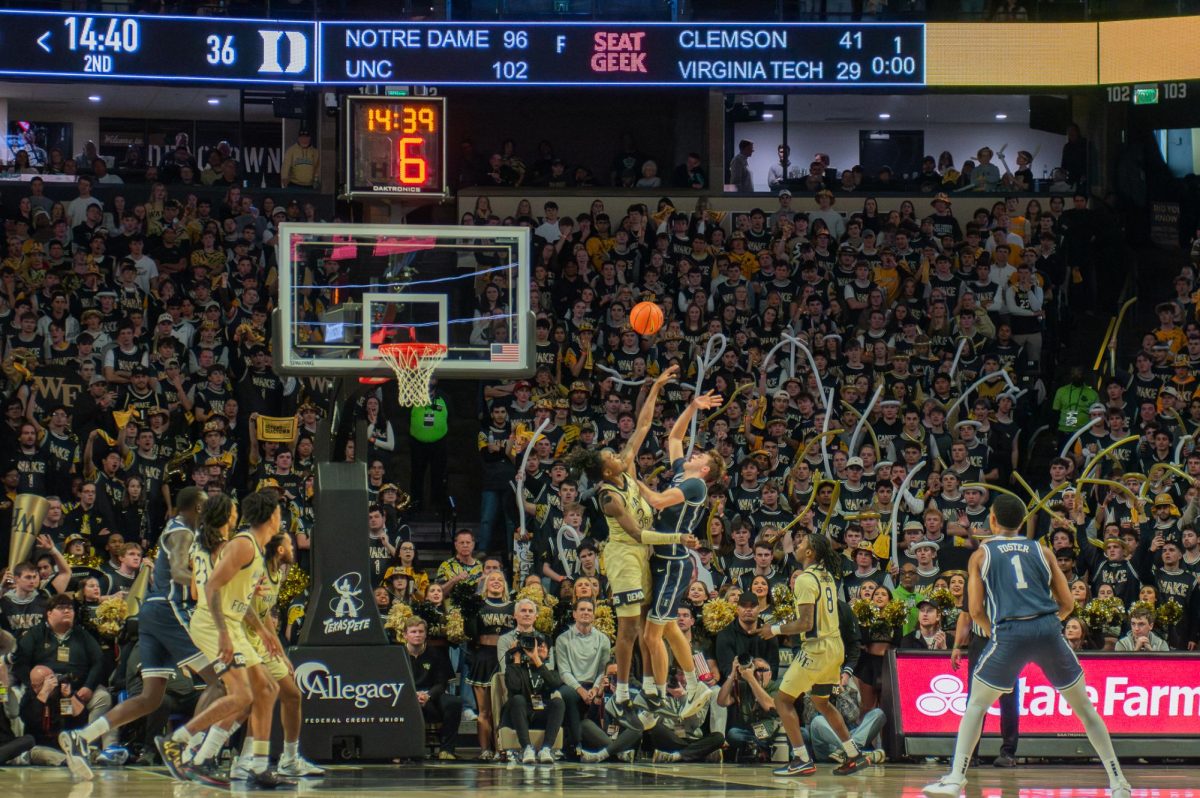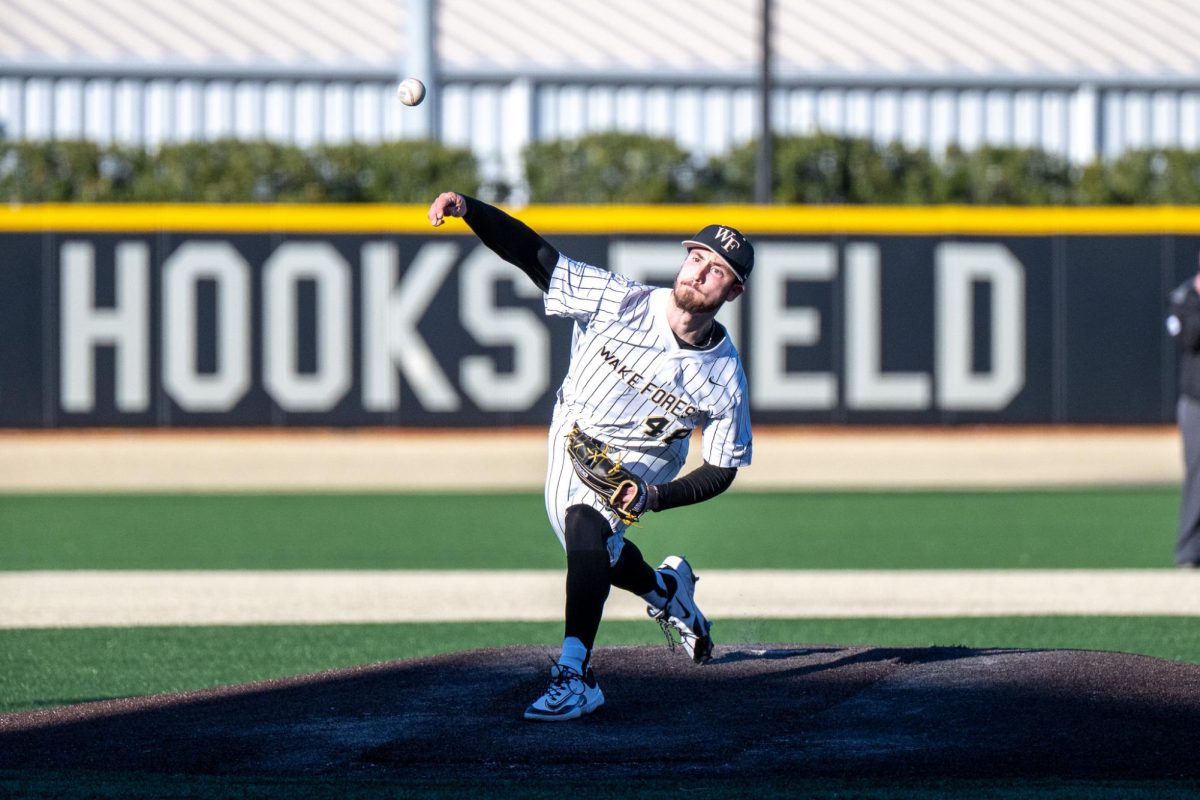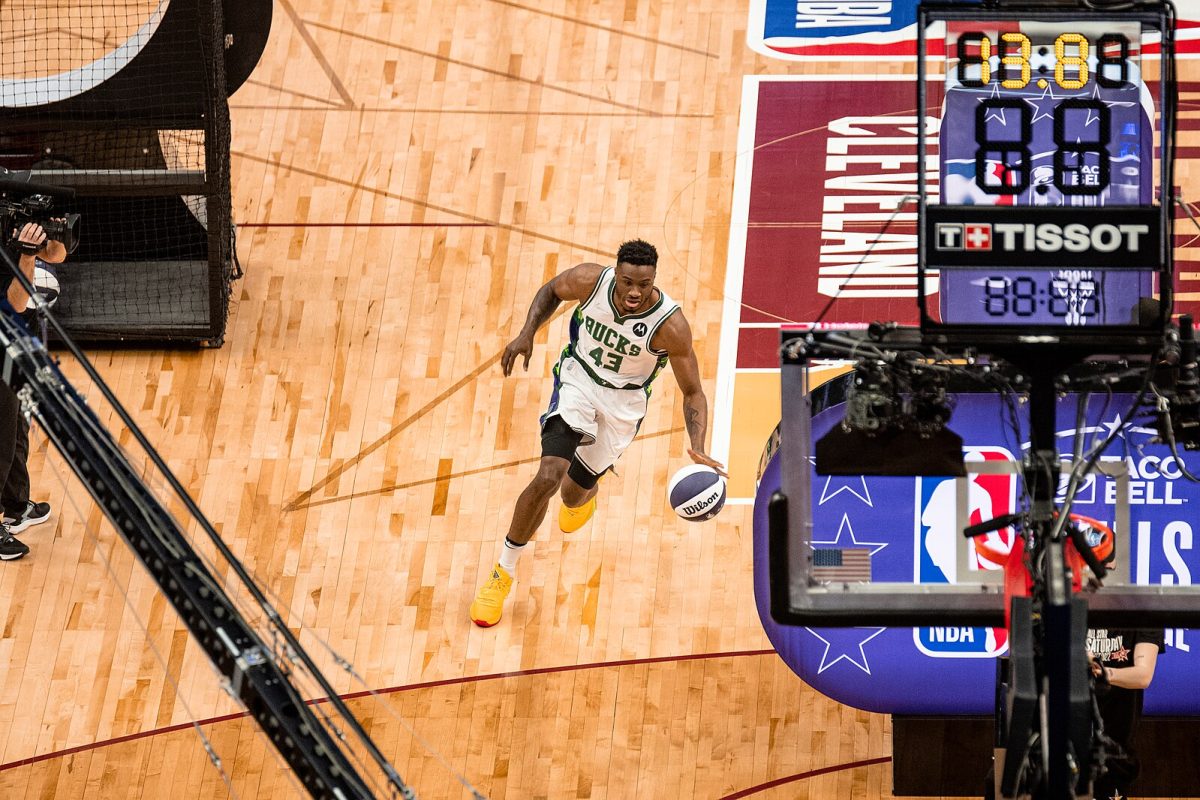It’s the NBA’s annual All-Star Break, which typically marks the beginning of the final third of the regular season. Since the trade deadline passed on Feb. 6, it’s officially time to put up or shut up for a lot of front offices around the league who are contending for a title. We’re also inching closer to the 2020 off-season, so every team needs to get an idea of what works and what doesn’t as they look to shake up their rosters ahead of next season. Below are a couple of interesting storylines to keep in mind as the league prepares for the final stretch of the season.
Luka Doncic and the Mavs with their eyes on the postseason
After racing out to a 17-7 record to start the season, the Dallas Mavericks have cooled off, going just 15-15 in their next 30 games. As of Feb. 17, they stand tied with the Thunder for sixth place in the Western Conference. The stumble can be attributed to a number of things. Firstly, their young superstar, Luka Doncic (who averaged 30.4 points, 9.9 rebounds and 9.3 assists during that hot start) suffered an ankle injury on Dec. 14 against the Heat.
Then, just a week after the Doncic injury, center Dwight Powell went down with a ruptured Achilles, sidelining him for the rest of the season. While he didn’t put up flashy numbers, Powell was a vital part of the Mavs rotation, and replacing him has not been easy for Head Coach Rick Carlisle. Before the trade deadline, they swung a deal for Warriors center, Willie Cauley-Stein, and they do have 7’4” Boban Marjanovic on the roster. In addition, Kristaps Porzingis is one of the most skilled players in the league; however, he missed all of last season with an injury. If he can start playing like the All-Star he once was, his and Doncic’s two-man game surrounded by shooters could be lethal, making the Mavericks a very tough team to beat come playoff time.
Andrew Wiggins
Since his senior year in high school, Andrew Wiggins has had “future NBA All-Star” written all over him. He is a 6’8” shooting guard with a ridiculous vertical leap and owner of one the quickest first steps that NBA scouts have ever seen. This combination of talent and athleticism are part of what made him the No. 1 overall pick in 2014 (ahead of his college teammate and first team All-NBA center Joel Embiid). It’s what made the Timberwolves organization feel comfortable when they traded their franchise player, Kevin Love, for Wiggins just one week into Summer League. It’s the reason why, despite not being an efficient scorer (he shot 41% from the field last year), a valuable distributor (he’s never averaged more than three assists per game for a full season) or showing any sign of effort on the defensive end of the floor, Wiggins has started in each and every one of his 475 professional NBA games and is currently in the first year of a five-year maximum salary contract (with a player option for $43 million in 2023-2024).
This brings us to the morning of this year’s trade deadline, when the Minnesota Timberwolves traded Wiggins to the Golden State Warriors for 2018-2019 All-Star point guard, D’Angelo Russell. For Wiggins, this gives him a chance to start alongside the two best shooters of all time in Klay Thompson and Steph Curry, along with one of the ultimate “glue guys” in the NBA, Draymond Green. He also gets the opportunity to learn from one of the best coaches in the NBA, Steve Kerr. With Steph Curry and Klay Thompson providing adequate floor spacing, this opens up driving lanes for Wiggins to use the athleticism that made him the No. 1 overall pick. Consider this: the last player who was at least as talented as Wiggins to play Small Forward for the Warriors was Kevin Durant. Now I’m not saying that Wiggins is going to have even close to the same impact as Durant, but if he can replace just 60% of Durant’s production in the Warriors’ system (which translates to a 12.9/3.5/2.7 stat-line), I bet Curry, Thompson and Green can keep the Warriors competitive in the Western Conference.



